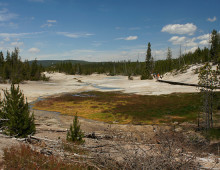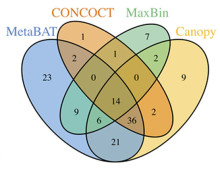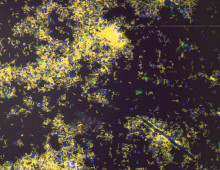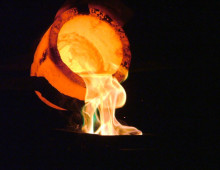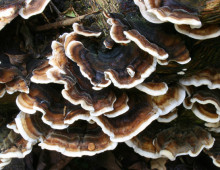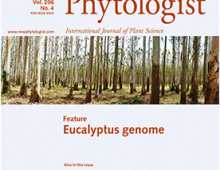Strategy to Uncover More Microbial Lineages
Biases in current sequencing technologies hide true breadth of microbial diversity. The Science DOE JGI researchers employed datasets from the Integrated Microbial Genomes (IMG) system to determine how many microbial lineages might be missed from available sequences in existing datasets due to mismatches with currently used Polymerase Chain Reaction (PCR) primers. PCR is a technology… [Read More]

